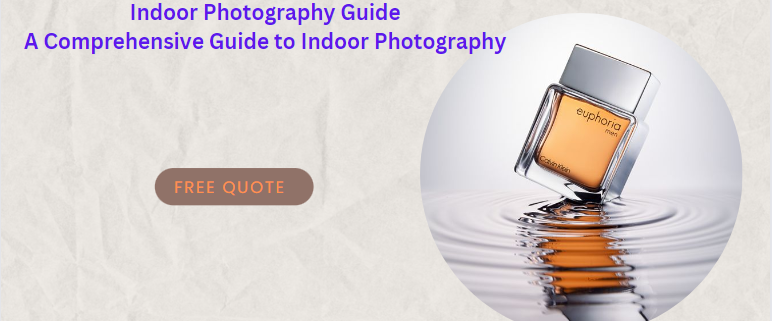A Comprehensive Guide to Indoor Photography
Contents
Introduction
Welcome to our comprehensive guide to indoor photography! At Expert Clipping, we are committed to providing you with valuable insights and expert tips to help you excel in the world of photography. In this article, we will delve deep into the art of indoor photography, exploring various techniques, equipment, and lighting setups that will enable you to capture stunning images within the comfort of indoor settings.

Why Indoor Photography Matters
Indoor photography offers a unique opportunity to exercise your creativity and showcase your skills in a controlled environment. Whether you are a professional photographer or an enthusiast looking to improve your craft, mastering the art of indoor photography is essential for capturing captivating images in various scenarios such as portrait sessions, product photography, or even architectural captures.
Setting the Stage: Preparing for Indoor Photography
Before diving into the technical aspects, it’s crucial to set the stage for a successful indoor photography session. Here are a few key steps to follow:
-
Selecting the Ideal Location
Choosing the right indoor location plays a pivotal role in the outcome of your photographs. Consider spaces with ample natural light, interesting backgrounds, and suitable settings that complement your subject.
-
Understanding Lighting Conditions
Lighting is one of the most critical elements in photography. When shooting indoors, it’s important to familiarize yourself with the available light sources and how they interact with your subject. Natural light from windows, artificial lighting fixtures, and even creative use of reflectors can significantly enhance your images.
-
Planning Your Equipment
Selecting the appropriate gear is crucial to achieve outstanding indoor photographs. While the specific equipment may vary depending on your preferences and the desired outcome, here are a few essential items to consider:
- Camera: Invest in a quality DSLR or mirror less camera with manual controls and the ability to shoot in low-light conditions.
- Lenses: Wide-angle lenses are great for capturing broader indoor scenes, while prime lenses with wider apertures excel at isolating subjects and creating a pleasing bookend effect.
- Tripod: Stabilizing your camera with a tripod is invaluable, especially in low-light situations where longer exposures are necessary.
-
Composition and Framing
Mastering composition techniques will greatly enhance the visual impact of your indoor photographs. Experiment with different angles, perspectives, and framing to create engaging compositions that draw the viewer’s attention to your subject.
Overcoming Lighting Challenges
Indoor photography often presents unique lighting challenges. However, with the right approach and equipment, you can overcome these obstacles and produce stunning images. Here are a few tips to help you:
-
Utilizing Natural Light
When shooting indoors, leverage natural light sources such as windows to create soft and flattering illumination. Position your subject near the window, allowing the light to wrap around them. If the light is too harsh, you can diffuse it using sheer curtains or blinds.
-
Harnessing Artificial Lighting
In situations where natural light is insufficient, you can rely on artificial lighting to create the desired atmosphere. Experiment with various lighting setups, including continuous lights, speed lights, or studio strobes, to achieve the desired effect.
-
Balancing White Balance
Indoor lighting often introduces different color casts, making white balance crucial to maintain accurate colors in your photographs. Set the white balance manually or use custom presets to ensure your images reflect the true colors of the scene.

Capturing Indoor Portraits
Indoor portraits offer endless possibilities for creative expression. To achieve remarkable results, consider the following techniques:
-
Posing and Directing
Guide your subjects through posing, ensuring they feel comfortable and relaxed. Engage with them, providing clear directions to capture their unique personality and emotions. Remember to experiment with different angles and compositions to add variety to your shots.
-
Controlling Depth of Field
Controlling the depth of field allows you to emphasize your subject and create a pleasing separation from the background. Utilize wider apertures (smaller f-stop values) to achieve a shallow depth of field and blur the background, drawing attention to your subject.
-
Experimenting with Lighting
Indoor portraits provide an opportunity to explore various lighting setups and create different moods. Consider using soft boxes, umbrellas, or natural window light to sculpt your subject’s features and add depth to your photographs.
Conclusion
Indoor photography is a captivating genre that offers endless possibilities for creative expression. By following the tips and techniques outlined in this comprehensive guide, you’ll be well-equipped to take stunning indoor photographs that stand out from the crowd. Remember, practice and experimentation are key to refining your skills and developing your unique style. So, grab your camera, find inspiring indoor locations, and let your creativity shine!





Leave a Reply
Want to join the discussion?Feel free to contribute!